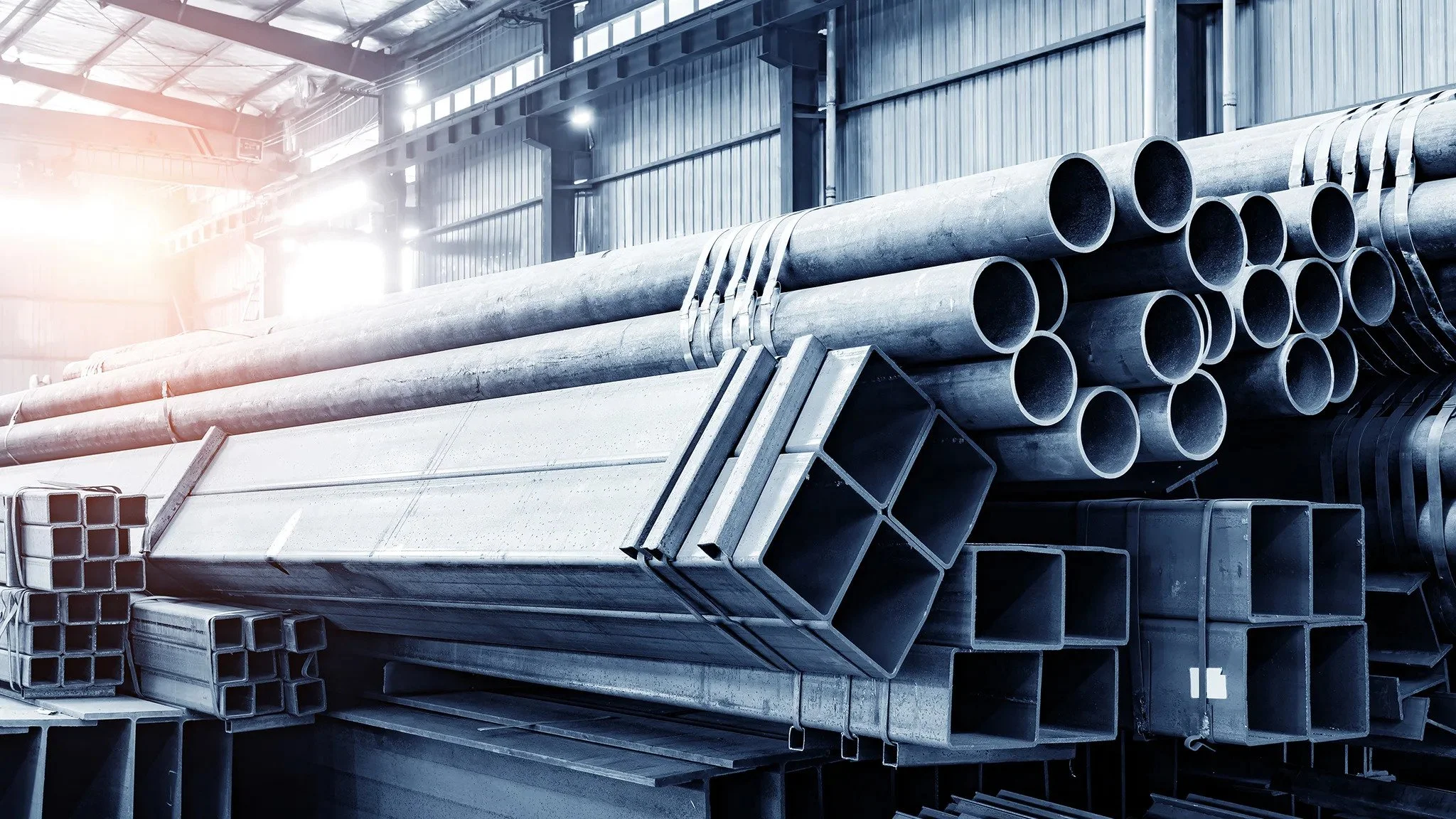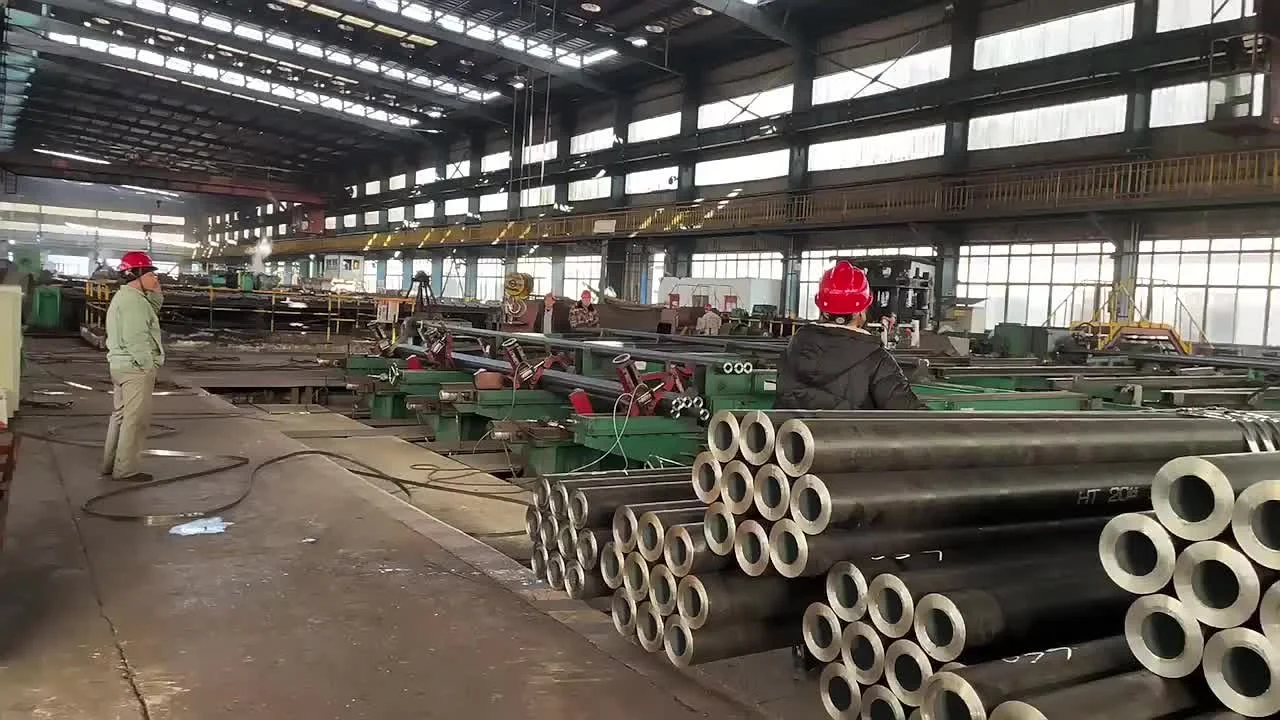Understanding the Strength and Durability of Sintered Metals
Metals shape much of the modern world. They build vehicles, machines, tools, and devices. The need for reliable, strong, and cost-efficient metals has grown with every new industry demand. Among the many ways to create metals for these uses, sintering has become a proven method. It brings unique strength, consistent quality, and tailored solutions to many sectors.
Sintered metals are not new, but their role has expanded. They are produced by compacting fine metal powders into a solid form and then heating them until the particles bond. This process does not melt the metal but fuses it together. The result is a material that holds impressive durability while saving material waste and cost.
Why Sintered Metals Stand Out
Durability is a key reason why many industries trust sintered metals. They can handle stress and wear in harsh settings. Components made this way perform well in high-load systems, heavy machinery, and precision parts.
Since the process starts with metal powder, engineers can control density, porosity, and structure. Its consistency makes it possible to match each part to a specific need. The outcome is reliable performance with minimal variation.
Sintered metals also shine in cost efficiency. Traditional forging and casting often waste material. Sintering reduces waste by using near-net shaping. Parts need little machining, which cuts time and cost.
Common Applications of Sintered Metals
One of the largest users is the automotive industry. Gears, bearings, and structural parts made from sintered metals run quietly and last long. The controlled porosity also allows self-lubricating bearings, reducing maintenance.
Aerospace firms use sintered parts in engines and systems where precision matters. The ability to make complex shapes with tight tolerances is a major benefit. These parts keep weight down while still holding strength.
In healthcare, sintered metals support surgical tools and implants. Porous structures can promote bone growth around implants, making recovery smoother. The medical field values both strength and the ability to tailor designs.
Electronics is another sector using sintered metal products. Components such as electrical contacts and heat sinks require conductivity and durability. Sintering delivers both while allowing fine detail in shapes.
The Science Behind the Process
The process begins with selecting the right metal powder solutions. Choices include iron, steel, copper, and alloys. Each powder type influences strength, density, and resistance to wear.
Metal powders are placed in dies and compacted at high pressure. This step forms the desired shape before heating. The compacted part is called a green compact which is firm but not yet durable.
Next comes sintering. Heating is carefully controlled below the melting point of the base metal. The particles fuse at contact points, creating a strong bond. The structure is uniform, and properties like hardness and tensile strength improve.
Some parts undergo secondary operations. These may include machining, impregnation, or heat treatment. Each step enhances performance for the final application.
Comparing Sintered Metals with Other Methods
Casting, forging, and machining are traditional routes. They all have benefits, but they often cost more or limit design freedom. Casting may leave defects, while forging requires heavy energy use.
Sintering reduces those issues. It allows high precision with less waste. It also supports complex part geometry without multiple steps and engineers can design parts that are both strong and efficient to produce.
For high-volume industries, the repeatability of sintering is unmatched. Every part can meet the same standard, which builds trust in critical systems like vehicles and aircraft.
Advantages That Go Beyond Strength
Sintered metals are also environmentally mindful. Lower waste and energy use make them a sustainable option. Recycling metal powders further supports this benefit. Engineers can choose to make parts with specific levels of density or porosity.
Design flexibility is another advantage that customization supports innovation across industries. A simple example is in household tools. Durable sintered components keep appliances running longer with fewer repairs. It is a strength in daily life as much as in advanced industries.
Real-World Benefits of Sintered Metal Products
When industries choose sintered metal products, they gain more than durability. They gain reliability, efficiency, and long-term cost savings. These benefits explain why demand keeps growing across global markets.
Whether in a car gearbox, an aircraft turbine, or a medical implant, these metals prove their worth. Their balance of toughness and design control is hard to match. This unique blend ensures reliable results even in the most demanding environments.
Companies searching for metal powder solutions will find that sintering supports both performance and economy. It brings practical value while opening space for innovation. This makes sintering a smart choice for industries focused on long-term growth and efficiency.
Conclusion
Sintered metals represent more than a process. They are a solution to the rising need for strong, efficient, and versatile parts. Industries from automotive to healthcare rely on them for safety, performance, and durability.
If you are exploring the potential of these materials, turn to experts who know the process from start to finish. Volunteer Sintered Products delivers proven quality and custom solutions. We support industries with precision parts and trusted results.
Ready to see how these metals can support your next project? Explore our tailored options and learn how sintered parts can enhance your work.



